In recent years, the fertile land along the Quang River in Mong 1 and Mong 2 villages has gradually been covered with green mulberry rows. The restoration of mulberry cultivation and silkworm raising not only creates a stable livelihood for the people, but also breathes new "breath" into the land of Western Nghe An .
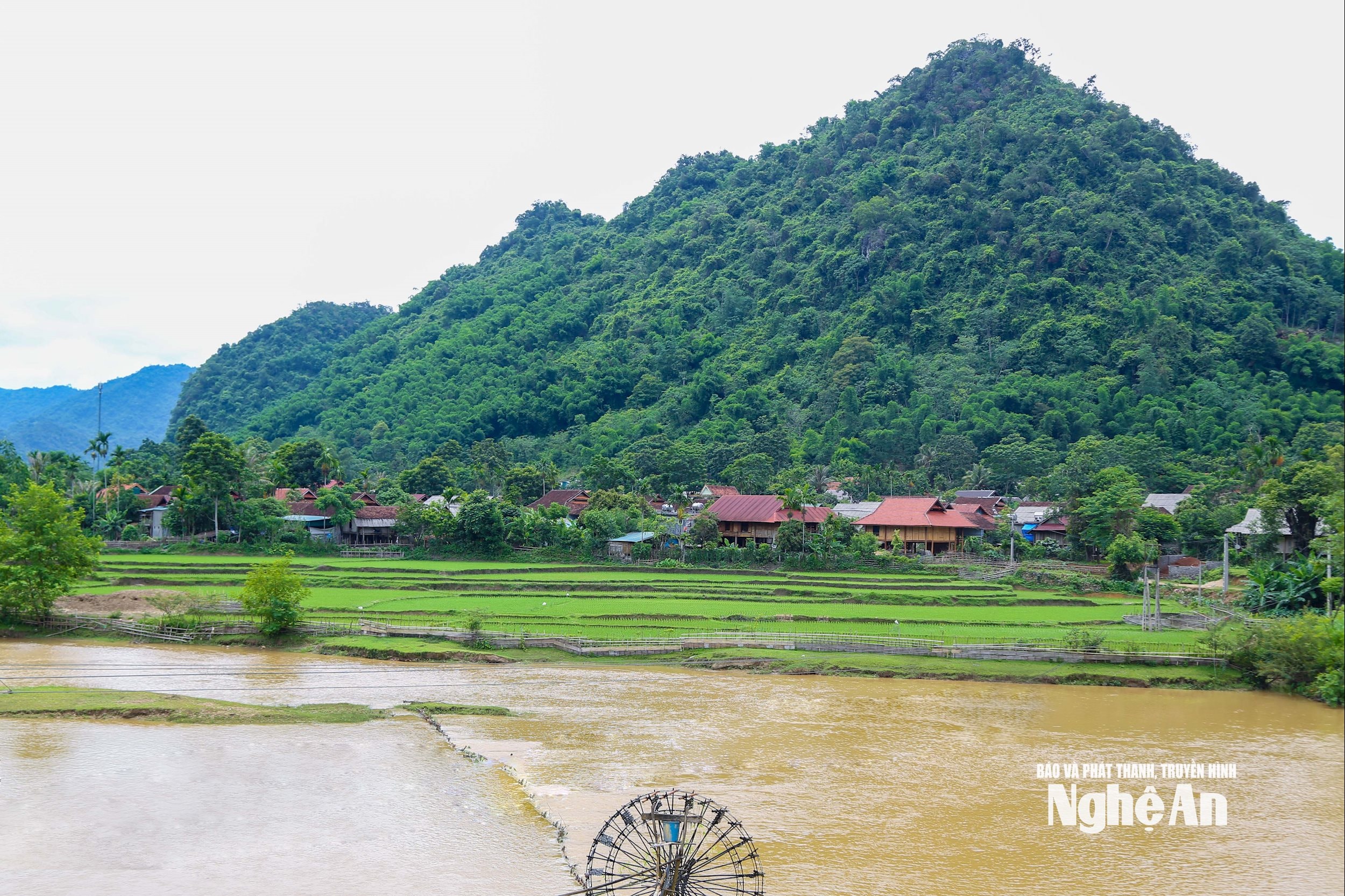
Taking advantage of land along rivers and streams with suitable humidity, people grow mulberry to proactively provide food for silkworms. Ms. Lang Thi Son, a long-time silkworm breeder in Mong 1 village, shared: “Mulberry trees are very suitable for moist soil, just need to be fertilized properly to produce leaves all year round. Having a source of mulberry locally not only reduces costs but also helps me proactively feed silkworms, not worrying about lack of leaves during erratic weather.”
Thanks to the relatively stable climate, silkworms in Muong Quang grow well, providing a source of quality cocoons. Along with that, the traditional weaving profession of Thai women has also gradually revived; the sound of weaving shuttles resounds regularly in every stilt house, blending with the peaceful life of the mountains and forests. Each piece of fabric, each Piêu scarf is the crystallization of ingenuity, diligence and cultural pride that has followed the people through many generations. If in the past people mainly raised silkworms to sell cocoons, now they have boldly invested in a closed chain: Growing mulberry, raising silkworms, reeling silk, weaving fabric, helping to increase product value and raise income.
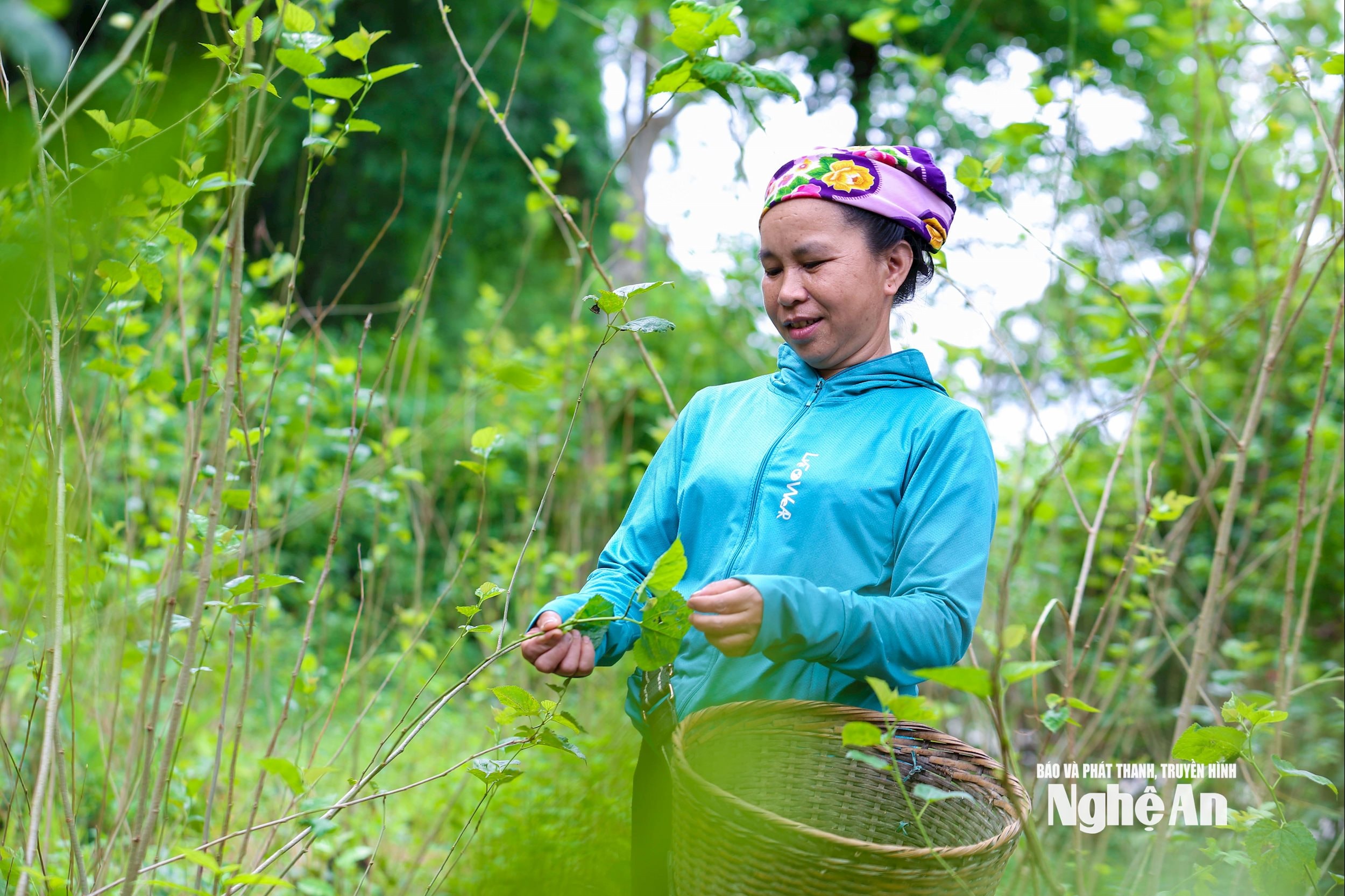
Previously, there was a period when the silkworm farming profession was lost because the young generation was not interested in the profession because they thought it was hard and had low income. To preserve the traditional profession, in 2023, Cam Muon commune (now Muong Quang commune) implemented the Project "Developing silkworms in Cam Muon commune in the period of 2023 - 2025, with a vision to 2030", and this is also the model of "Skilled mass mobilization" of this locality.
From the initial 10 households, up to now, the whole commune has more than 20 households raising silkworms, with more than 4 hectares of mulberry cultivation. In 2024, the cocoon output will reach about 2 tons, many households will earn from 20 to 50 million VND per year, contributing to the increasingly stable life of the people.

Not only does it generate income, brocade weaving also preserves Thai cultural identity. Each pattern and weave on the skirts and scarves contains the memories of our ancestors and the quintessence of local culture.
Ms. Lang Thi Huong - President of the Women's Union of Muong Quang commune said: We have organized for people to study models in other localities, mastering techniques of selecting breeds, preventing diseases, and silkworm rearing. At the same time, we hope to replicate the model to both preserve the profession and increase income for women.
Thanks to the methodical production, Muong Quang silk products have been present at many highland markets and OCOP fairs. Pieu scarves cost 800,000 - 900,000 VND, skirts from 1 - 1.2 million VND, and are popular with tourists. Many people coming to Muong Quang also want to experience picking mulberry leaves, feeding silkworms, spinning silk, weaving fabric... opening up a direction for developing community tourism associated with craft villages.

Although the sericulture and brocade weaving industry has revived, people still face many difficulties. Small scale, lack of investment capital, silkworm rearing conditions in stilt houses are easily affected by temperature and humidity. Product output is still mainly consumed in the region, without a strong brand.
Mr. Lo Van Tung - Head of the Economic Department of Muong Quang Commune said: The commune is looking forward to receiving more preferential loans to invest in semi-permanent silkworm houses to improve production efficiency and increase competitiveness. He also emphasized that promoting and connecting to the market is a key factor; the commune has proposed to build a silk and brocade product showroom associated with community tourism to create a brand and expand the output of the products.
With an area of over 340 km² and a population of nearly 18,000 people, mainly Thai and Kho Mu ethnic groups, Muong Quang commune has great potential to develop into a concentrated mulberry material area. When the profession is invested in properly, mulberry and brocade can completely become a key commodity industry, contributing to the commune's sustainable poverty reduction program.

Recently, the Ministry of Culture, Sports and Tourism recognized the brocade weaving craft of the Thai people in Nghe An as a national intangible cultural heritage. This is not only the pride of the people of Muong Quang commune but also the motivation for the locality to continue to preserve and promote the value of heritage in modern life. From the golden cocoons and the bustling sound of the loom on the wooden floor, the Thai people of Muong Quang are diligently weaving the future. When the tradition is revived and linked to the economy, it not only enriches the village but also helps the cultural identity shine in the mountains and forests of Nghe An.
Source: https://baonghean.vn/giac-mo-tho-cam-dang-hoi-sinh-o-muong-quang-10311593.html


![[Photo] General Secretary To Lam and National Assembly Chairman Tran Thanh Man attend the 80th Anniversary of the Traditional Day of the Vietnamese Inspection Sector](https://vphoto.vietnam.vn/thumb/1200x675/vietnam/resource/IMAGE/2025/11/17/1763356362984_a2-bnd-7940-3561-jpg.webp)







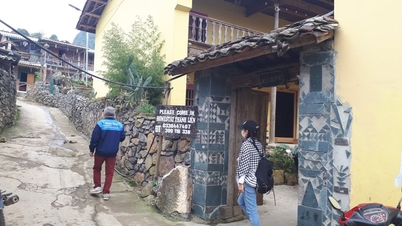

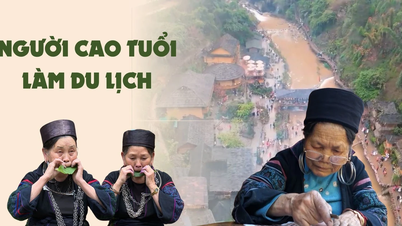




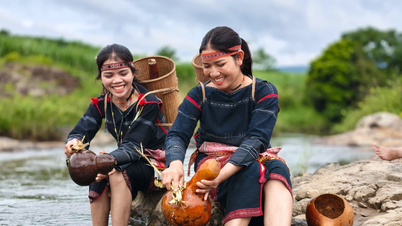


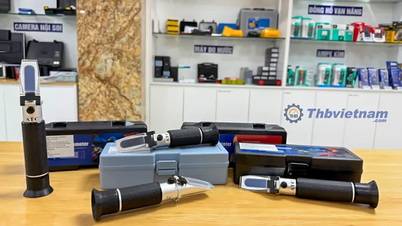





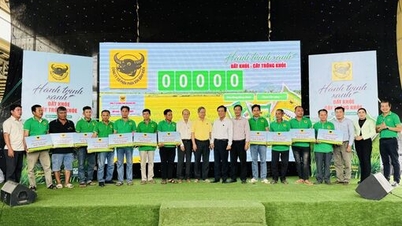






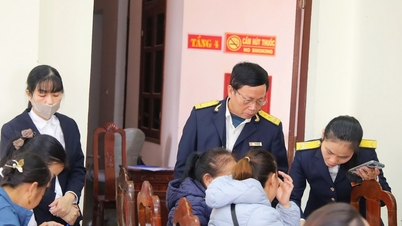
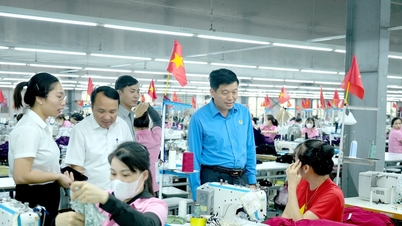

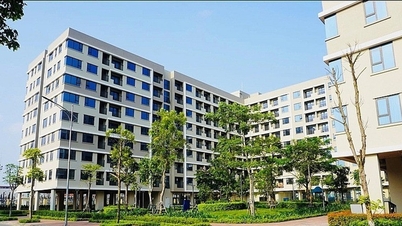
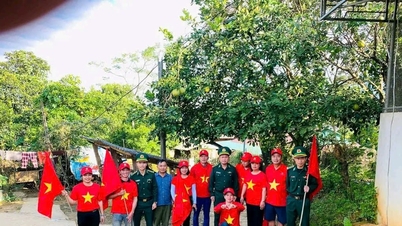















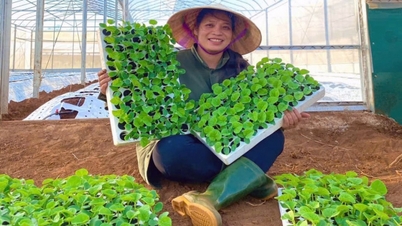





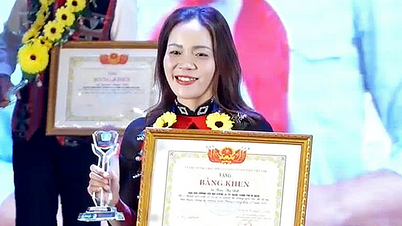
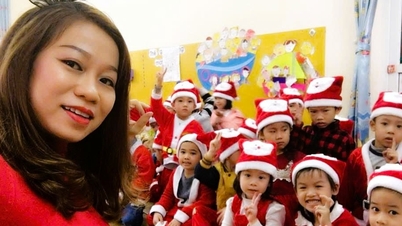




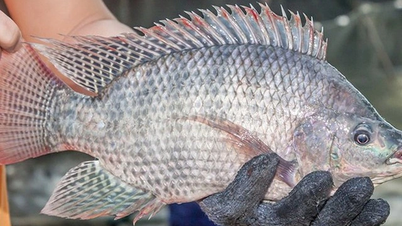































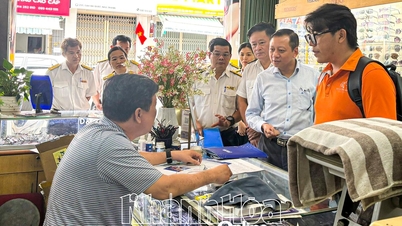














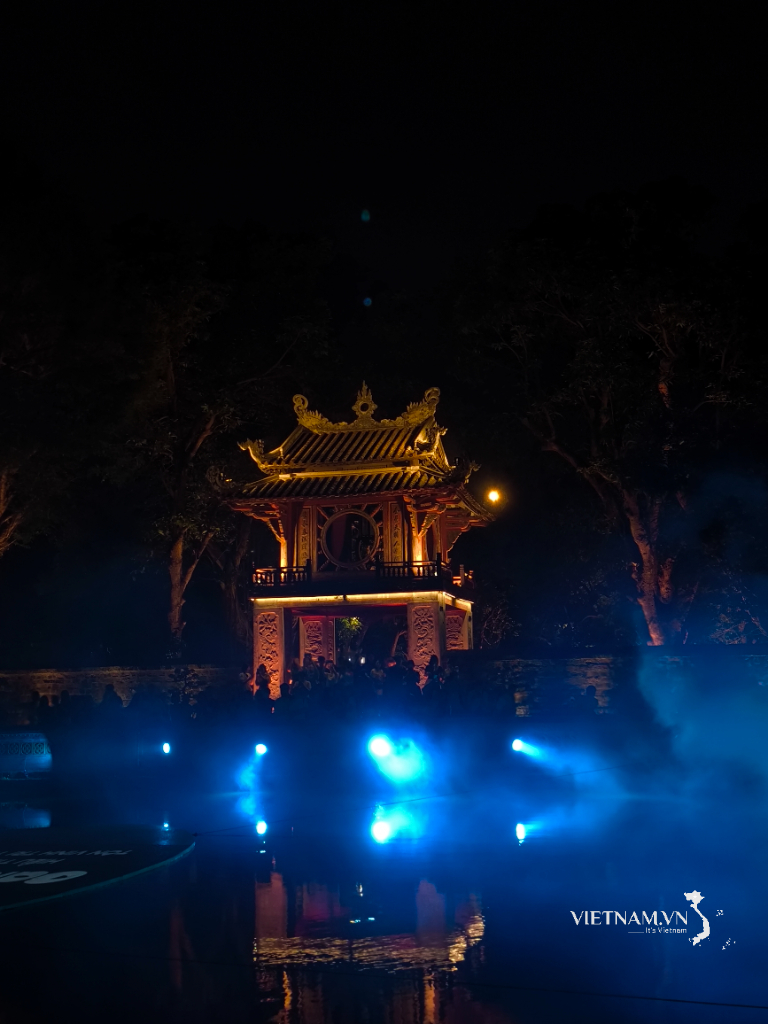
Comment (0)